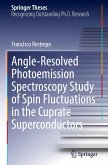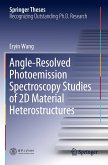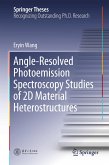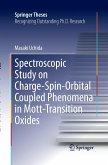This thesis makes significant advances towards an understanding of superconductivity in the cuprate family of unconventional, high-temperature superconductors. Even though the high-temperature superconductors were discovered over 35 years ago, there is not yet a general consensus on an acceptable theory of superconductivity in these materials. One of the early proposals suggested that collective magnetic excitations of the conduction electrons could lead them to form pairs, which in turn condense to form the superconducting state at a critical temperature Tc. Quantitative calculations of Tc using experimental data were, however, not available to verify the applicability of this magnetic mechanism. In this thesis, the author constructed an angle-resolved photoemission apparatus that could provide sufficiently accurate data of the electronic excitation spectra of samples in the normal state, data which was furthermore unusually devoid of any surface contamination. The author also appliedthe Bethe-Salpeter method to his uncommonly pristine and precise normal state data, and was able to predict the approximate superconducting transition temperatures of different samples. This rare combination of experiment with sophisticated theoretical calculations leads to the conclusion that antiferromagnetic correlations are a viable candidate for the pairing interaction in the cuprate superconductors.








